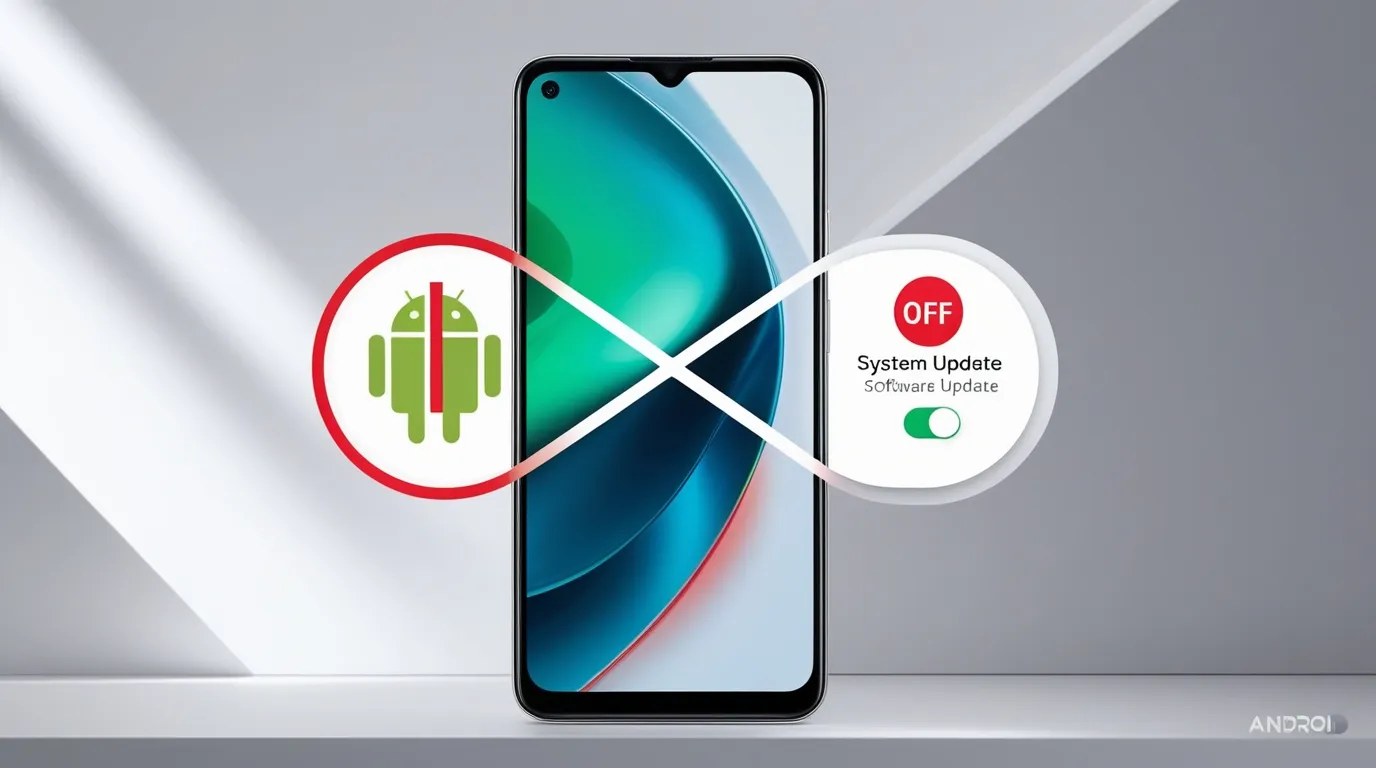If you want to turn off auto updates on your Android phone, then this process is quite simple. Auto updates sometimes irritate, because apps get updated without asking, which can use your data or storage. So, you will have to disable this feature by going into the settings of your phone. Let’s see step-by-step how.
Why Should You Turn Off Auto Updates on Android?
There are some important reasons to turn off auto updates:
- Data Usage: If you have a limited data plan, then auto updates can consume data in the background. By turning off auto updates, you can control your mobile data.
- Storage Saving: Sometimes the update size of apps is quite large. If auto updates are enabled, then your phone’s storage gets filled quickly. With this, you can optimize your phone’s storage space.
- App Compatibility Issues: After some updates, bugs come in apps or new features are not compatible with old features. If auto updates are turned off, you can manually install updates to check if the app is working properly or not.
- Control Over Updates: You have full control over updates for your apps. Whenever you feel a specific update is necessary, you can manually update it.
Steps to Turn Off Auto Updates on Android Settings
To turn off auto updates, follow these steps:
- Open Google Play Store: First of all, open the Google Play Store app on your phone.
- Click on the Menu Icon: Tap on the 3 horizontal lines (hamburger menu) in the top-left corner of the Play Store.
- Go to Settings: Choose the “Settings” option from the menu.
- Disable Auto Update Apps Option: Now, tap on the “Auto-update apps” option. You will get 3 options:
- Over any network: This option allows auto updates on both WiFi and mobile data.
- Over Wi-Fi only: This option allows updates only through WiFi.
- Don’t auto-update apps: As soon as you select this option, apps will stop updating automatically.
- Select “Don’t Auto-update Apps”: When you find the best option for you, just tap on it and auto updates will be stopped.
Advantages and Disadvantages of Disabling Auto Updates
Disabling auto updates has its own advantages and disadvantages. Let’s understand them:
Advantages:
- Data Savings: By disabling auto updates, you save your mobile data, because apps do not consume data in the background for updates.
- Better Control Over Updates: You get full control of your app updates. You can manually decide which update to install.
- Avoid Bugs and Glitches: Some updates have bugs, which you have to face immediately. If you update manually, you can avoid those bugs.
Disadvantages:
- Security Risks: One of the biggest disadvantages of disabling auto updates is that you will not be able to update your phone with the latest security patches. This can make you vulnerable to cyber threats.
- App Performance Issues: If you do not update apps regularly, you may miss out on new features and improvements, which can affect app performance.
- Inconvenience: Doing manual updates can be a bit time-consuming. If you have to check notifications for updates every time, it can be a bit inconvenient.
So, you have to decide which option is most convenient for you. If you want control over updates, you can disable auto updates. If you want to focus more on security and performance, it would be better to keep auto updates enabled.
